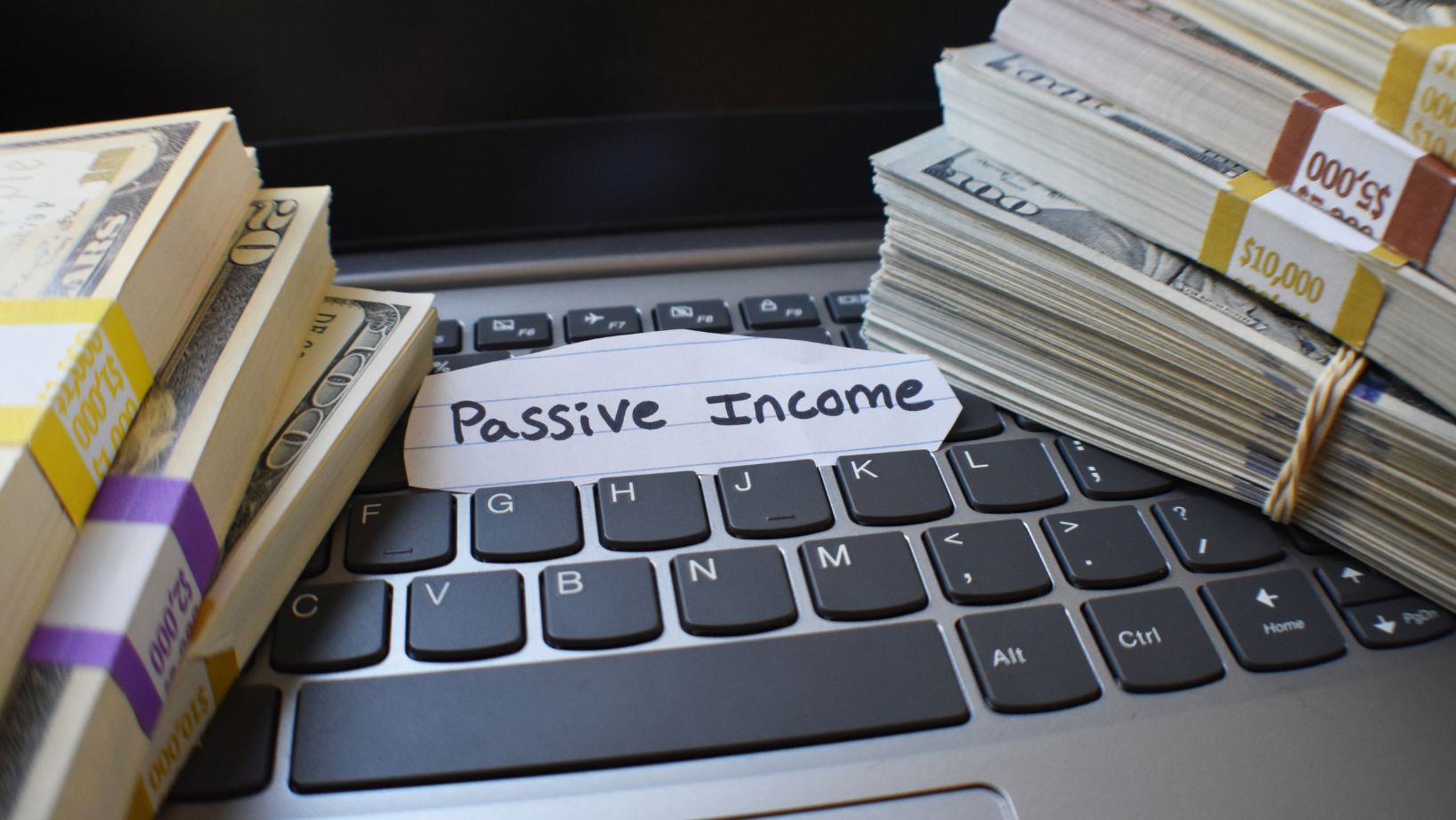
Passive income is all about earning cash outside your usual job with minimal fuss after you set things up. You create a product or a system, then let it run without needing your constant presence.
Think online courses, digital items, rental properties, or dividend stocks—each can bolster your bank balance while freeing up your schedule. Some folks see it as the perfect escape hatch from endless work hours, giving them time to pursue side interests or unwind. If you plan wisely, these income streams can keep sending money your way long after the initial effort.
In practice, building these revenue sources can feel a bit like charting your moves at the card table. Just as you’d follow the basic strategy for blackjack to tilt the odds in your favor, you lay out a step-by-step game plan for your passive ventures.
Understanding Passive Income
Passive income flows from projects that don’t need your day-to-day intervention. Instead of logging hours each shift, you put in the elbow grease once—like launching a course or setting up a rental lease—and then reap steady rewards.
Many beginners dip their toes in with a single small project to see how it pans out. By doing so, they learn the ropes without overextending themselves. BlackjackDoc brilliantly shows how one well-timed move can shift the entire dynamic, just like a solid passive income plan can beef up your financial base. Sorting out your money is a lot like finding the best playing strategy: nail the fundamentals, then keep refining for bigger gains.
Why It Matters
For countless folks, passive income is a gateway to freedom. You can hold onto your main job while these income streams churn away in the background. This approach also broadens your cash sources, so if one dries up, another can fill the gap. The peace of mind alone can be worth the initial hustle, especially if the economy takes a wobble.
Key Differences
Unlike active income, which demands regular input, passive income trickles in whether you’re awake or asleep.

You might renovate a rental or craft a digital product intensively for a few weeks, then reduce that to light maintenance. The payoff continues even as your direct involvement shrinks, which makes it an appealing long-term strategy.
Essential Foundations
Plotting a passive income plan first requires clarity on costs, time, and effort. If you’re investing in real estate, you’ll need upfront capital, and you must budget for property upkeep. If digital goods are more your speed, factor in platform fees, design, and marketing. Laying this groundwork helps prevent big surprises that can throw you off track.
Time vs. Money
Certain paths rely more on sweat equity—say, creating a thorough e-book—while others lean heavily on cash, like scooping up dividend stocks. If you’re a bit strapped for money, focus on creative or skill-based methods. If you’re swamped at work but have funds to spare, property or bonds might suit you better.
Risk Assessment
Every passive income strategy carries its own set of potential pitfalls, from a housing market dip to a poorly selling online course. Spread your bets across different avenues to soften any hard hits if one fails. Knowledge is your best shield, so do extensive research and glean insights from those who’ve walked that path successfully.
Expanding Your Portfolio
Once you’ve settled into a smooth routine with one passive venture, consider branching out. Multiple income streams cushion you against a single disastrous flop.
Digital Products
Courses, e-books, or even audio tracks can earn globally around the clock.

You handle creation and initial promotion, while sites like Amazon or Udemy manage distribution. Afterward, your main tasks are occasional updates or fresh marketing pushes, giving you loads of flexibility.
Dividend Investments
Choosing reliable dividend stocks can yield a tidy bonus every quarter. Look for established firms with a decent track record of payouts. You can reinvest those dividends to snowball your future gains, harnessing the magic of compounding.
Rental Opportunities
Owning a property lets you charge monthly rent with minimal hands-on effort, especially if you hire a manager. Vacation rentals can command higher rates if you’re in a popular location. However, be prepared for maintenance issues—replacing a roof or fixing a furnace can devour profits quickly if you’re not ready.
Vending Machines
Vending machines are a low-maintenance way to earn passive income. Once placed in a busy location and stocked, they require minimal upkeep. Hot Wheels vending machines, for example, appeal to both kids and collectors—making them a fun and profitable niche to explore
Practical Paths To Revenue
When selecting a passive route, think about your strengths, your bank account, and your personal tastes. Some folks enjoy tangible investments like properties, whereas others shine in digital creation.
| Method | Setup Requirements | Potential Earnings |
| E-books | Writing, editing, cover design | Royalties from global sales |
| Affiliate Marketing | Build an audience, sign up for programs | Commissions per sale or referral |
| Rental Properties | Down payment, property upkeep, tenant hunt | Monthly rent minus expenses |
| Dividend Stocks | Brokerage account, research stable firms | Quarterly or yearly dividend checks |
| Bonds | Capital, chosen risk level | Regular coupon payments until maturity |
Consistency is key, no matter which path you choose. Keep tabs on market shifts, adapt when needed, and reinvest some proceeds to grow your income. Check your metrics—be they e-book sales, occupancy rates, or dividend yields—and make small adjustments as you go.
- Pinpoint Strengths – Focus on tasks you excel at or topics you understand well.
- Set Timelines – Decide how soon you’d like your income stream to be up and running.
- Research Thoroughly – Compare platforms, read success stories, and watch relevant tutorials.
- Diversify – Spread your efforts across multiple channels to hedge against setbacks.
- Tweak Regularly – Monitor sales data or market conditions and refine as needed.
Steady passive income doesn’t sprout overnight, but patience and a clever plan can yield impressive results. By cultivating multiple streams, you gain financial peace of mind and the freedom to shape your days on your own terms.







